 When an employee is injured on the job they often have extensive medical bills and less money to pay those bills because they may not be able to work. While workman’s compensation, insurance, and disability benefits are available to cover those costs, there is another form of compensation available to those who are injured as a result of negligence or other bad acts. The injured party can file a lawsuit against those responsible. Of course, there are often questions surrounding who is in fact legally responsible, e.g., for maintenance of a job site, and it takes an experienced lawyer to navigate such complicated legal questions.
When an employee is injured on the job they often have extensive medical bills and less money to pay those bills because they may not be able to work. While workman’s compensation, insurance, and disability benefits are available to cover those costs, there is another form of compensation available to those who are injured as a result of negligence or other bad acts. The injured party can file a lawsuit against those responsible. Of course, there are often questions surrounding who is in fact legally responsible, e.g., for maintenance of a job site, and it takes an experienced lawyer to navigate such complicated legal questions.
Glenn Chesney pursued the latter route by filing a lawsuit after he was injured by coming into contact with an uninsulated, sagging power line at the Magnolia landfill in Ouachita Parish, Louisiana. Glenn was driving his truck through the landfill facility to weigh and unload the removable trash container on his flatbed truck. A power outage created a backlog of trucks waiting for the scale to come back online. Glenn, in the meantime, decided to take the tarp off of his load so that he could unload faster when he got to the front of the line. The truck Glenn was driving had mechanical arms that could raise to a maximum height of approximately 17 feet off the ground. Ordinarily, Glenn used the mechanical arms of the truck to take the tarp off of the trash container so it could be unloaded. However, this time when those arms raised they came into contact with the sagging and uninsulated power line. By this time, the power had been restored to the landfill facility and Glenn was injured as a result. The main issue that Glenn had to deal with on his latest appeal was whether the electrical contractor, Copeland Electric Company, could be held liable for failing to maintain the electrical line.
Copeland originally installed the electrical line in 1994 and the accident that injured Glenn Chesney occurred 16 years later on August 13th 2010. Because of the length of time between the installation and the incident, the lawyers for Copeland attempted to have the action dismissed under La. R.S. 9:2772. This Louisiana statute provides that deficiencies in immovables from construction, surveying, design, or supervision have a 10-year peremptive period for actions. That means that even if Copeland was negligent in constructing the electrical line, the Glenn had no cause of action because the time period for bringing such action lapsed. See Rando v. Anco Insulations, Inc., 16 So.3d 1065 (La. 2009). These time limits on when you can file a lawsuit are an attempt by the legislators to strike a balance between vindicating victims of past injustices and flooding the courts with untimely lawsuits based on stale evidence, which makes a court’s job of assessing the facts of a case much more difficult.
 In Louisiana, a party is responsible for the full extent of injuries he or she causes to another. Lawsuits stemming from these incidents usually arise over which party is more at fault or if any of the injuries were actually caused by the event at issue. Whether the party at fault has to pay the undisputed medical expenses is rarely at the center of these disputes, however, the following case from St. Bernard Parish, details why an injured party had to bring that very issue to appeal.
In Louisiana, a party is responsible for the full extent of injuries he or she causes to another. Lawsuits stemming from these incidents usually arise over which party is more at fault or if any of the injuries were actually caused by the event at issue. Whether the party at fault has to pay the undisputed medical expenses is rarely at the center of these disputes, however, the following case from St. Bernard Parish, details why an injured party had to bring that very issue to appeal. Louisiana Personal Injury Lawyer Blog
Louisiana Personal Injury Lawyer Blog


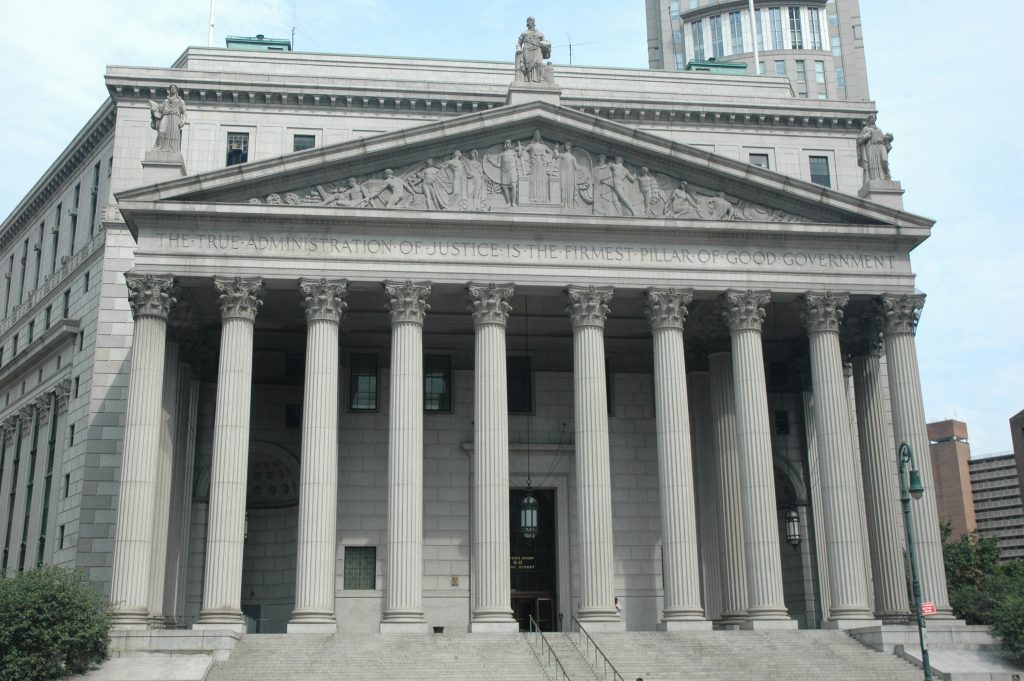 Car accidents have become so commonplace in our society that many states require automobile and accident insurance. If and when you find yourself in the unfortunate situation of being in a car accident, you expect the party at fault to foot the bill. That’s where insurance steps in. As insurance claims are one of the most litigated issues nationwide, the interpretation of insurance laws is not always so clear. The following case examines two specific issues that ultimately needed to be settled in the highest court in Louisiana.
Car accidents have become so commonplace in our society that many states require automobile and accident insurance. If and when you find yourself in the unfortunate situation of being in a car accident, you expect the party at fault to foot the bill. That’s where insurance steps in. As insurance claims are one of the most litigated issues nationwide, the interpretation of insurance laws is not always so clear. The following case examines two specific issues that ultimately needed to be settled in the highest court in Louisiana.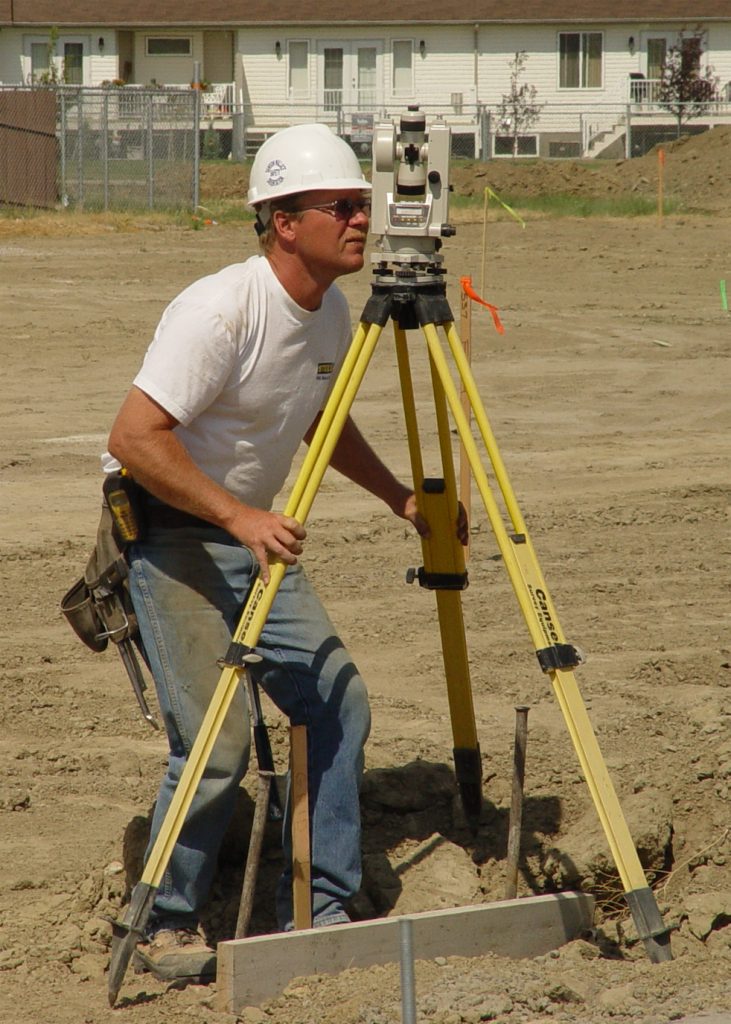 Have you ever suffered personal injury from an accident while traveling to or from work? Generally, pursuant to the Louisiana Workers’ Compensation Act employers are not responsible for injuries sustained by employees while traveling to or from work because these injuries are not considered to have occurred within the course of employment. This is known as the “going-and-coming” rule, under which the employment relationship is considered suspended from the time the employee leaves his or her workplace. However, there are certain exceptions to this rule that allow a claimant to recover even though the injury was sustained while traveling to or from work. The following case illustrates one such exception: if the accident occurred on the employer’s premises, the employee may be covered under workers’ compensation laws.
Have you ever suffered personal injury from an accident while traveling to or from work? Generally, pursuant to the Louisiana Workers’ Compensation Act employers are not responsible for injuries sustained by employees while traveling to or from work because these injuries are not considered to have occurred within the course of employment. This is known as the “going-and-coming” rule, under which the employment relationship is considered suspended from the time the employee leaves his or her workplace. However, there are certain exceptions to this rule that allow a claimant to recover even though the injury was sustained while traveling to or from work. The following case illustrates one such exception: if the accident occurred on the employer’s premises, the employee may be covered under workers’ compensation laws. When an employee is injured on the job they often have extensive medical bills and less money to pay those bills because they may not be able to work. While workman’s compensation, insurance, and disability benefits are available to cover those costs, there is another form of compensation available to those who are injured as a result of negligence or other bad acts. The injured party can file a lawsuit against those responsible. Of course, there are often questions surrounding who is in fact legally responsible, e.g., for maintenance of a job site, and it takes an experienced lawyer to navigate such complicated legal questions.
When an employee is injured on the job they often have extensive medical bills and less money to pay those bills because they may not be able to work. While workman’s compensation, insurance, and disability benefits are available to cover those costs, there is another form of compensation available to those who are injured as a result of negligence or other bad acts. The injured party can file a lawsuit against those responsible. Of course, there are often questions surrounding who is in fact legally responsible, e.g., for maintenance of a job site, and it takes an experienced lawyer to navigate such complicated legal questions.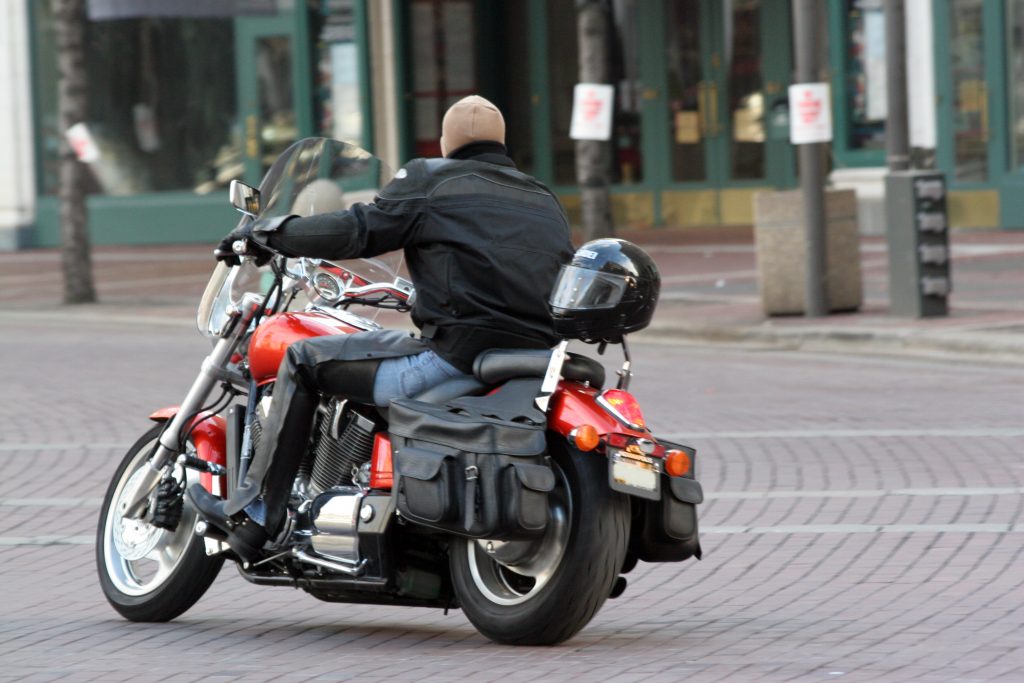 People get car insurance to protect themselves in the event of a car accident. It is thus important that one takes care to research and consider what insurance plan is best for one’s needs. Liability insurance is designed to protect a person who owns or drives a vehicle from the costs of a lawsuit that might happen if that vehicle is in an accident. Insurance contracts define the scope of what sort of vehicles or potential plaintiffs will be considered covered under the policy. Generally, courts prefer to preserve the “
People get car insurance to protect themselves in the event of a car accident. It is thus important that one takes care to research and consider what insurance plan is best for one’s needs. Liability insurance is designed to protect a person who owns or drives a vehicle from the costs of a lawsuit that might happen if that vehicle is in an accident. Insurance contracts define the scope of what sort of vehicles or potential plaintiffs will be considered covered under the policy. Generally, courts prefer to preserve the “ Minor car accidents occur on a daily basis. Many of us have probably been involved in a fender bender or two, ourselves. The usual course of action includes exchanging information and getting insurance companies involved, but even the smallest car accidents can lead to litigation. It is imperative to understand everything that is necessary in order to prevail at trial in such matters. Unfortunately for one plaintiff in Crowley, Louisiana, the complexities involved with these seemingly small lawsuits left him unable to overcome his burden of proof at trial.
Minor car accidents occur on a daily basis. Many of us have probably been involved in a fender bender or two, ourselves. The usual course of action includes exchanging information and getting insurance companies involved, but even the smallest car accidents can lead to litigation. It is imperative to understand everything that is necessary in order to prevail at trial in such matters. Unfortunately for one plaintiff in Crowley, Louisiana, the complexities involved with these seemingly small lawsuits left him unable to overcome his burden of proof at trial. Driving is a dangerous and daily task for many people and becomes even riskier when roads aren’t conducive to safety. Adding modern distractions like cell phones and a splash of alcohol to the equation creates the perfect storm for a terrible collision. An incident in Lafayette, Louisiana demonstrates how the culmination of these factors can create difficulties when a court is trying to determine liability and damages.
Driving is a dangerous and daily task for many people and becomes even riskier when roads aren’t conducive to safety. Adding modern distractions like cell phones and a splash of alcohol to the equation creates the perfect storm for a terrible collision. An incident in Lafayette, Louisiana demonstrates how the culmination of these factors can create difficulties when a court is trying to determine liability and damages.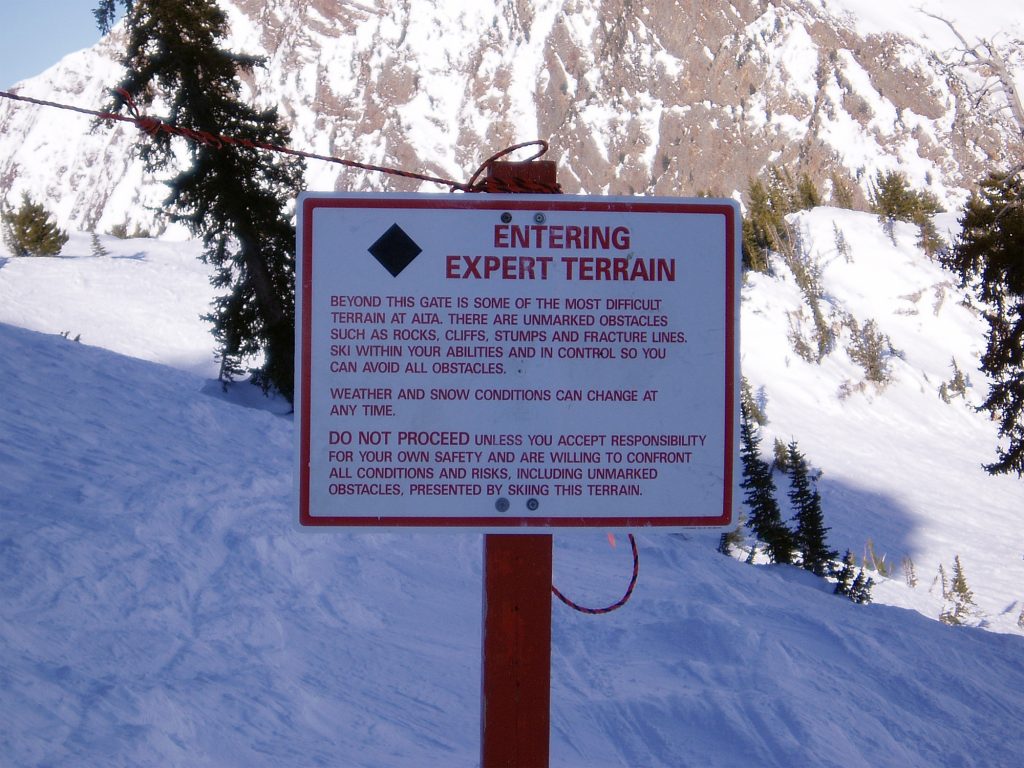 When asserting a cause of action or maintaining certain legal defenses in court, parties bear the burden of proving their case. This is done by presenting evidence to the court such as documents and witness testimony. Often, certain issues will require the court to make findings of fact which require scientific expertise or specialized knowledge. Expert witnesses assist the trial court in understanding complex issues of fact that could be determinative to the outcome of a case. A recent decision discusses how a court qualifies experts and utilizes their testimony.
When asserting a cause of action or maintaining certain legal defenses in court, parties bear the burden of proving their case. This is done by presenting evidence to the court such as documents and witness testimony. Often, certain issues will require the court to make findings of fact which require scientific expertise or specialized knowledge. Expert witnesses assist the trial court in understanding complex issues of fact that could be determinative to the outcome of a case. A recent decision discusses how a court qualifies experts and utilizes their testimony. Failing to name all potentially liable parties in a lawsuit in a timely manner could result in the loss of the right to add those parties to the lawsuit at all. A case out of Avoyelles Parish, Louisiana illustrates the importance of finding a good lawyer after an automobile accident to ensure that all potentially liable parties are named before it is too late.
Failing to name all potentially liable parties in a lawsuit in a timely manner could result in the loss of the right to add those parties to the lawsuit at all. A case out of Avoyelles Parish, Louisiana illustrates the importance of finding a good lawyer after an automobile accident to ensure that all potentially liable parties are named before it is too late. 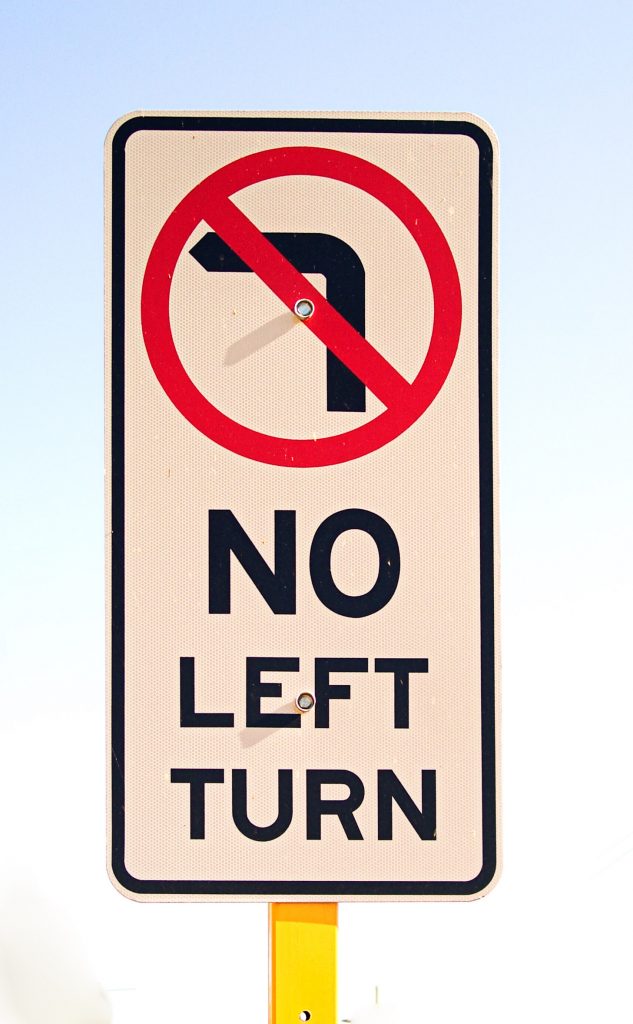 If you are involved in a motor vehicle accident while making a left turn, you are presumed to be negligent because of the dangerous nature of the turn. You will have to overcome this presumption of negligence even if you think the accident is not your fault. See Baker v. State Farm Mut. Auto. Ins. Co., 162 So.3d 405 (La. Ct. App. 2015).
If you are involved in a motor vehicle accident while making a left turn, you are presumed to be negligent because of the dangerous nature of the turn. You will have to overcome this presumption of negligence even if you think the accident is not your fault. See Baker v. State Farm Mut. Auto. Ins. Co., 162 So.3d 405 (La. Ct. App. 2015).